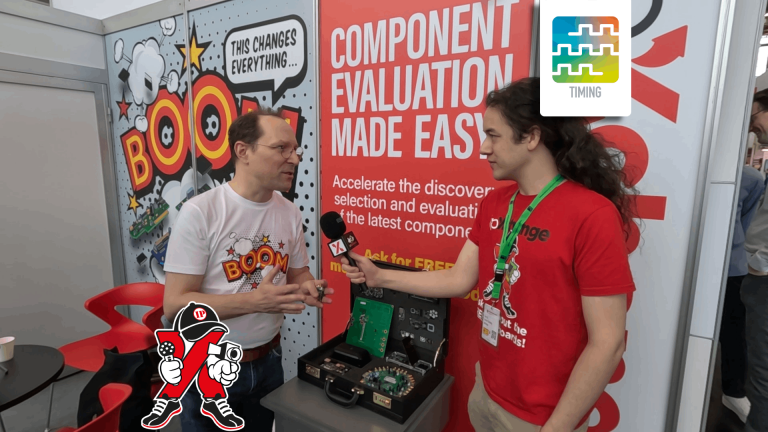ipXchange and SiTime had many chats in the lead-up to Embedded World, but we never got that pre-show ipXperience interview on the books, so in an interview on our very own booth, SiTime’s Etienne Winkelmuller provide us with a long-awaited chat about all things timing.
To begin, Etienne explains what timing provides to a system before outlining how quartz crystal technology forms the basis of timing in many electronic systems. This thread leads on to the issues with quartz and how the shock resistance, and temperature stability, of SiTime MEMS technology enables more reliable timing in punishing applications such as automotive, aerospace, and defence.
After describing the problems that can arise from timing instabilities (jitter), and SiTime’s Cascade products that provide jitter cleaning and clock distribution for telecoms and datacentre applications, Etienne details the advantages of silicon-based timing over quartz from a supply-chain perspective. Since quartz must be cut to a certain dimension for a given frequency, stocking to cater to the whole market is much more difficult than with programmable MEMS devices, which also have a much higher yield per wafer.

